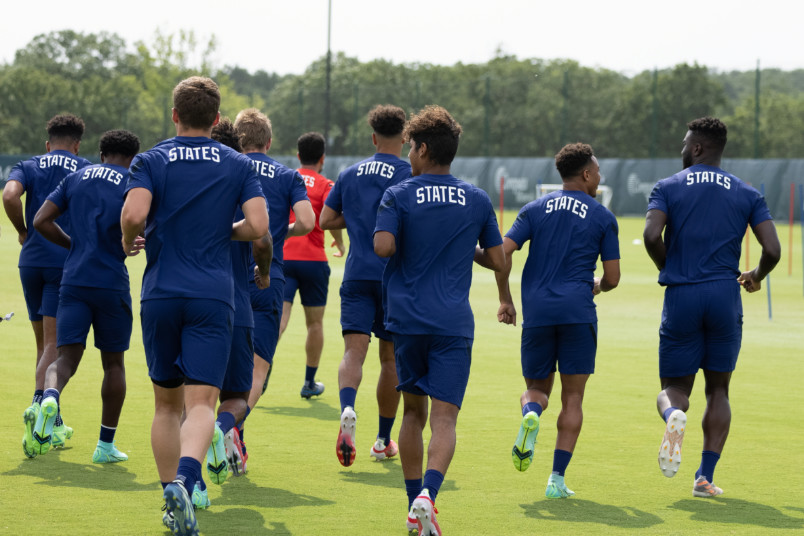
Fred Oliver is a name that you may have heard about if any of you have been closely following soccer's development in America. A Pawtucket Free Wanderers native, Fred Oliver was a centerback, forward, and defender. It is rare that African Americans participated in an American senior league in the early days of American soccer. His career began at a bolt factory. But he was a star for team's names, earning him a spot on the first edition World Cup.
African Americans have participated in senior leagues
The United States has an extensive soccer history. But, not much is known. This history is not documented by the leagues. To uncover these stories, sports historical societies were created. The Society for American Soccer History recently published the report about the first African American player in soccer. The report, titled Fred Watson and Oliver Watson, outlines the earliest known soccer players of African descent in the United States.

While the game is changing, the problem of the insufficient representation in the executive ranks remains. Only 1.6% are black soccer executives. Burton Albion is the only Black owner of professional soccer clubs. Salford City is a low-profile English third or fourth tier. Black owners are partly responsible for the low number of Black managers, coaches. The Society is working to rectify this problem by providing a platform where African American players can play.
The NASL fell in the 1980s
The NASL was struggling in the early 1980s to remain competitive. The league declined due to expansion and disputes with the union. At the same moment, unemployment reached 10.8%. This was the highest level since World War II. It was evident that the league was losing money because owners were trying to cut costs. The league was close to collapse in 1982.
The financial difficulties of the league began to impact clubs. The league was only 18-teams in 1977. Most owners spent more than 70% of their budgets on salaries for players. A lack of financial resources by the NASL led many owners to drop their weaker teams in favor of six. Although the league was able to grow, it had only 24 teams in 1978.
The U.S. had a successful 1986 World Cup.
The U.S. was not victorious in the World Cup. However, their success was evident right from the beginning. The number of people who attended the World Cup was greater than ever before in American soccer history. In the opening round, the U.S. defeated Yugoslavia 4-2 in front of 97,451 fans at the Rose Bowl. In the semifinals, Brazil defeated Italy 2-1 before 83,642 Stanford fans.

The United States qualified to the World Cup on the basis of its performance in the qualifying phase. After a slow qualifying campaign, the Americans fired Jurgen Klinsmann and rehired Bruce Arena, who won three of eight qualifiers. Sunil Gulati the president, U.S.Soccer, stated that the U.S. wanted to achieve the qualification campaign.